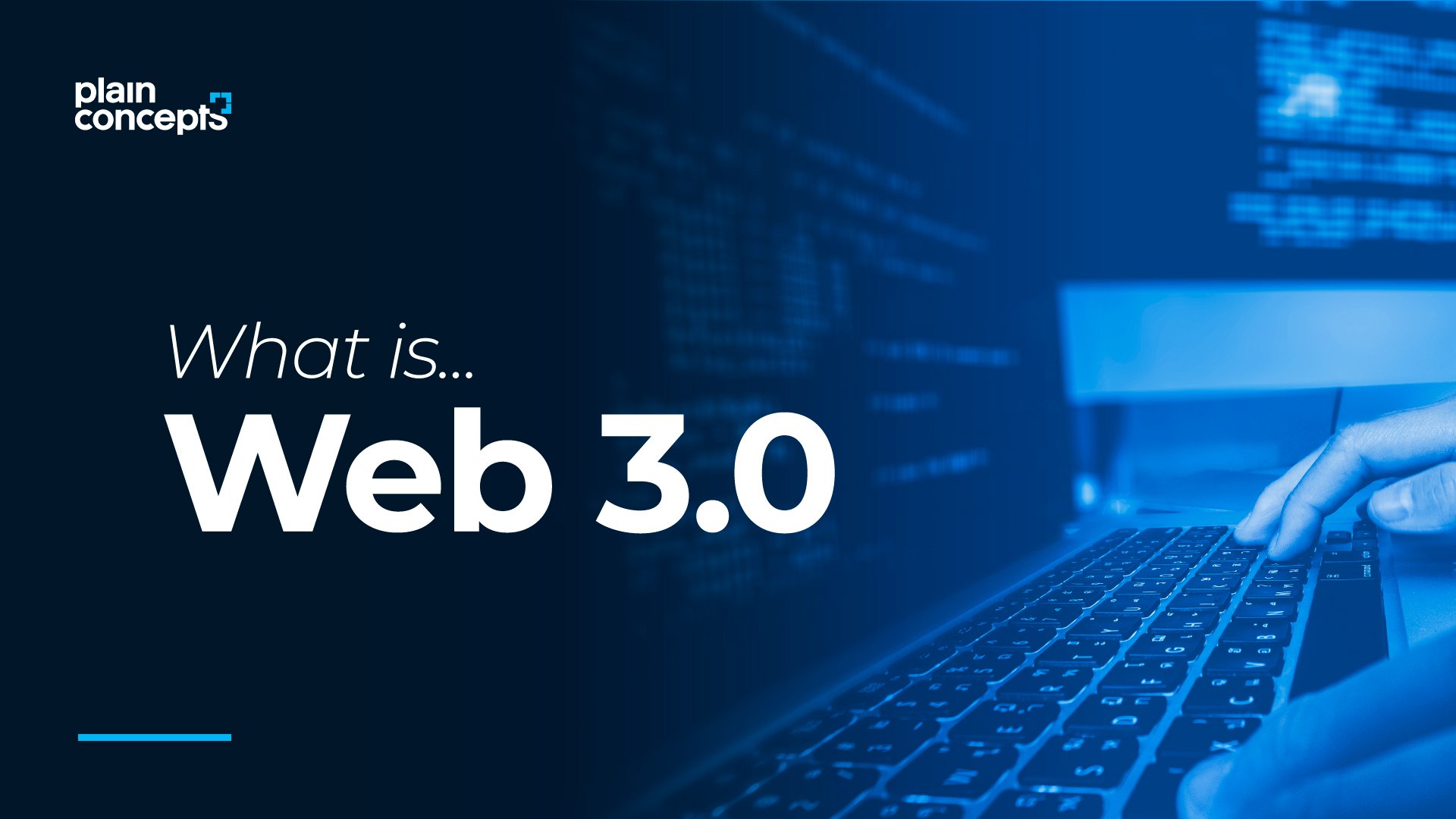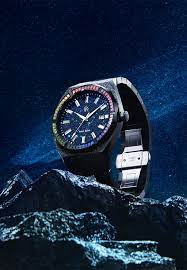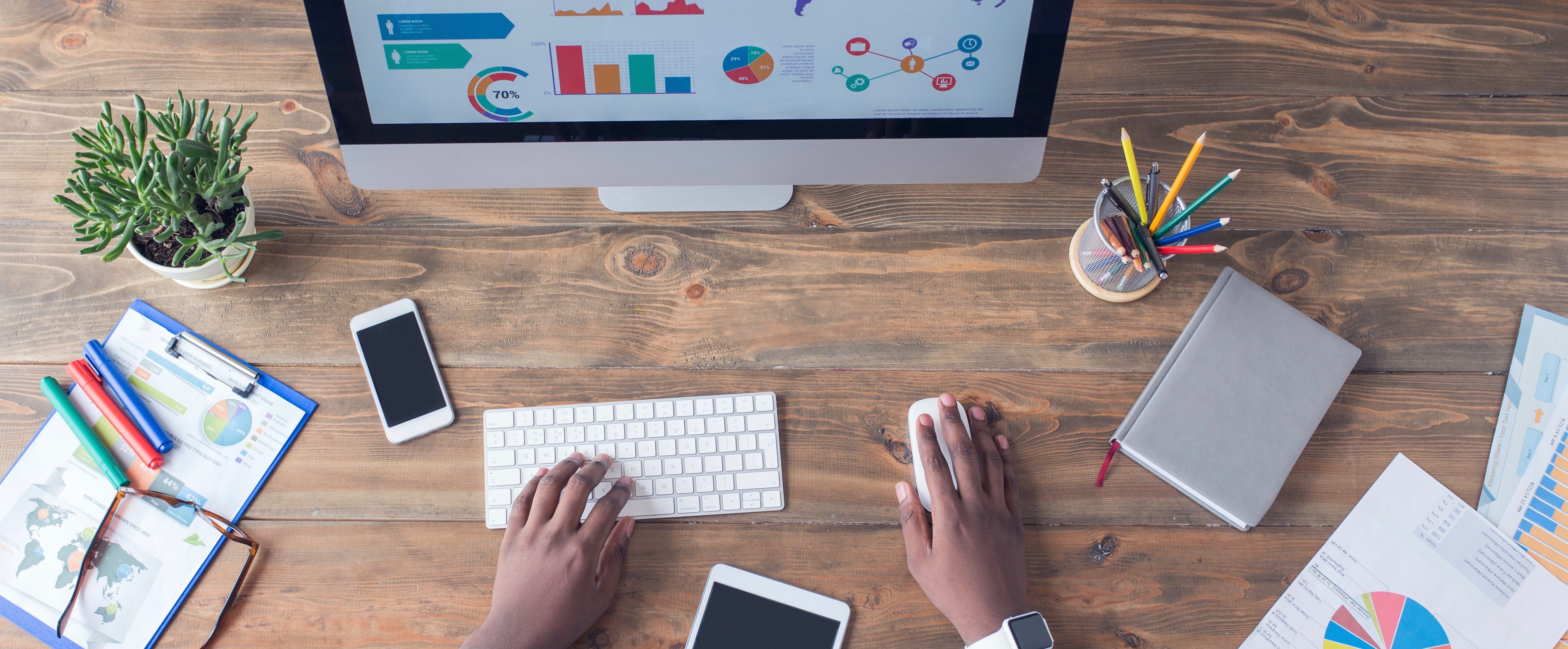
Boats and buildings are damaged in the aftermath of Hurricane Irma, Monday, Sept. 11, 2017, in Key Largo, Fla. (AP Photo/Wilfredo Lee)
Worried relatives, generous volunteers, frantic neighbors, even medical providers are turning to social media now that Hurricane Irma wiped out electricity and cell service to communities across Florida, cutting off most contact with remote islands in the Keys.
“We all sort of scattered around the country when we evacuated, so we’re trying to stay in touch, by phone, by Facebook, however we can,” said Suzanne Trottier, who left her Key West, Florida home for Virginia almost a week ago as the hurricane approached. “Unfortunately we’ve been really, really looking on Facebook a lot because I have people down there I haven’t heard from,” she said.
One of those posts Monday morning brought a bit of good cheer: a photo of a friend who had stayed behind, smiling, healthy and dry.
“Such great news” posted Trottier’s husband Neil Renouf, adding a thumbs up.
But many questions remain about the situation on the Florida Keys. Irma’s eye slammed into the island chain with potentially catastrophic 130 mph winds early Sunday morning, and more than 24 hours later, friends and family still couldn’t contact people who were riding out the storm. Search and rescue teams were going door-to-door.
Facebook groups were still forming Monday to help from afar. Evacuees Of The Keys members shared school closure notices, videos of destruction, and many posts from friends and relatives searching for loved ones.
Leah McNally of Fort Lauderdale, whose mother stayed behind at her home in Tavernier, on Key Largo, was relaying information onto Facebook that she heard through a walkie talkie app, Zello, which has been widely used during both Harvey and Irma.
“Everything is like a black hole right now but there are people in the keys who are relaying information,” she said.
Zello was relaying calls for help, and a team of unofficial dispatchers ran rescue operations to hundreds of locations, warning boaters to stay out of the water due to alligators and snakes.
Facebook activated its Safety Check feature for people to let friends and family know they’re safe. Facebook spokesman Eric Porterfield said that by Monday morning, there were already more than 600 posts asking for help, mostly fuel, shelter or a ride, although one woman with broken ribs sought medical advice.
There were also more than 2,000 postings offering help, including free housing, clothes and people with chain saws volunteering for cleanup. Facebook community fundraisers had already been launched; a woman in France had already collected $12,000 for recovery supplies in St. Barts.
Social media has been a game-changer for Americans coping with natural disasters, Fordham University communications professor Paul Levinson said.
“In the past, when power went out, the best anyone could do when a hurricane hit was turn on the battery-operated transistor radio,” he said. This helped, but didn’t provide detailed information about loved ones that pops up on Instagram, Twitter, and Facebook.
“As long as the phones are charged, you can find out almost instantly that people in the danger zone are doing OK,” he said.
Thus phone charging has become an act of near desperation in some shelters as evacuees tried to plug in to generator power.
Some of the online contacts have been truly critical. DaVita Kidney Care, whose patients receive life-saving dialysis three times a week, for four hours a day, was using Twitter and Facebook, along with a blog to inform patients about open centers and hospitals.
“We hope that through our social media outreach patients know they can go to any dialysis center to get care,” said spokeswoman Kate Stabrawa for the Denver-based company.
People engaging with Irma from well beyond the danger zone use social media “like huddling together during bad times,” said public relations expert Richard Laermer, author of “Trendspotting.”
“Social media makes people feel like they are doing something, as opposed to nothing,” he said.
[“Source-abcnews”]







